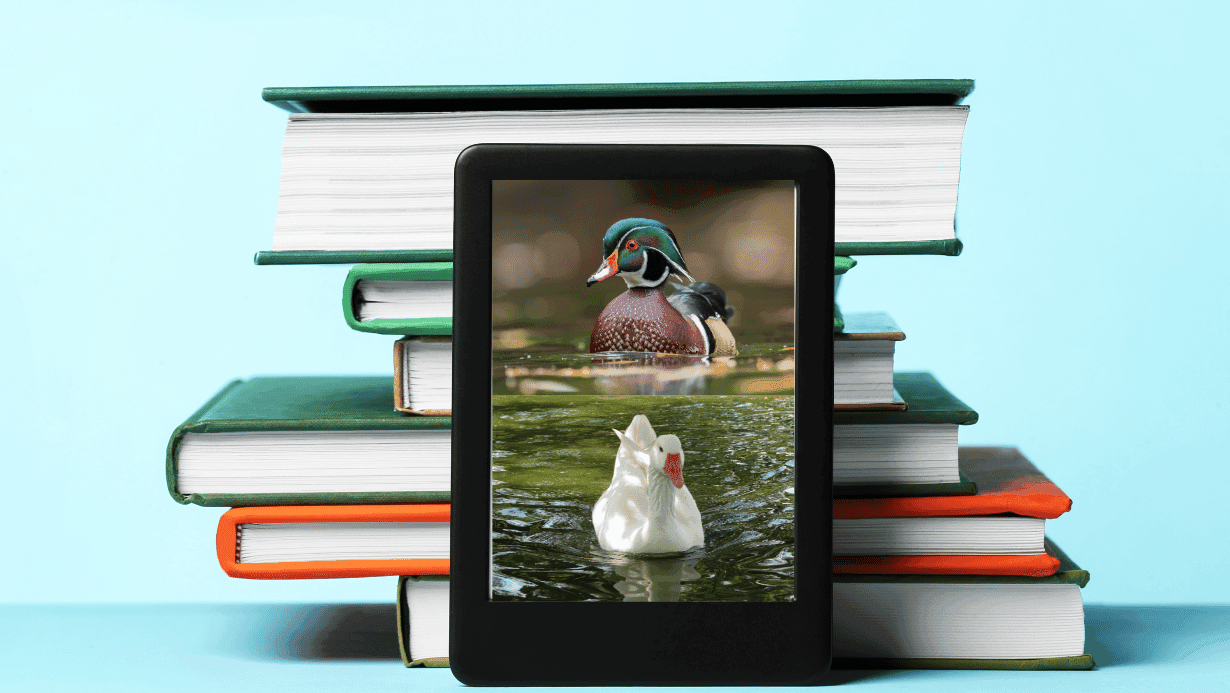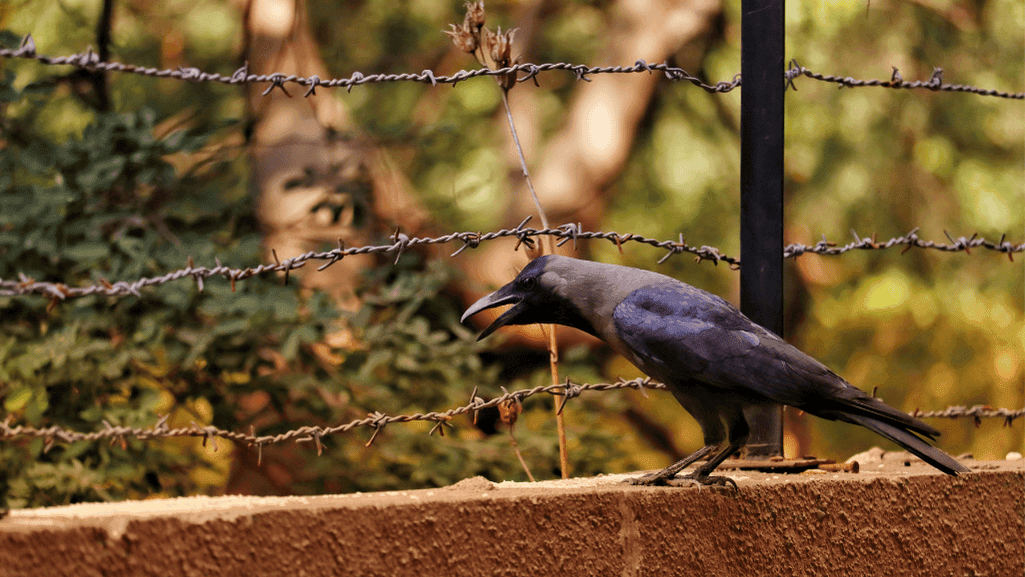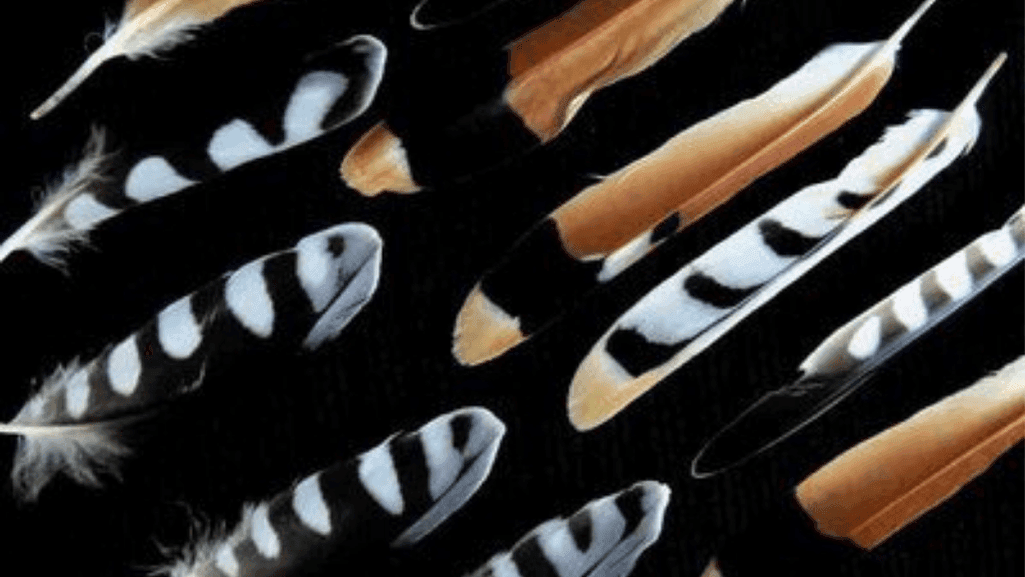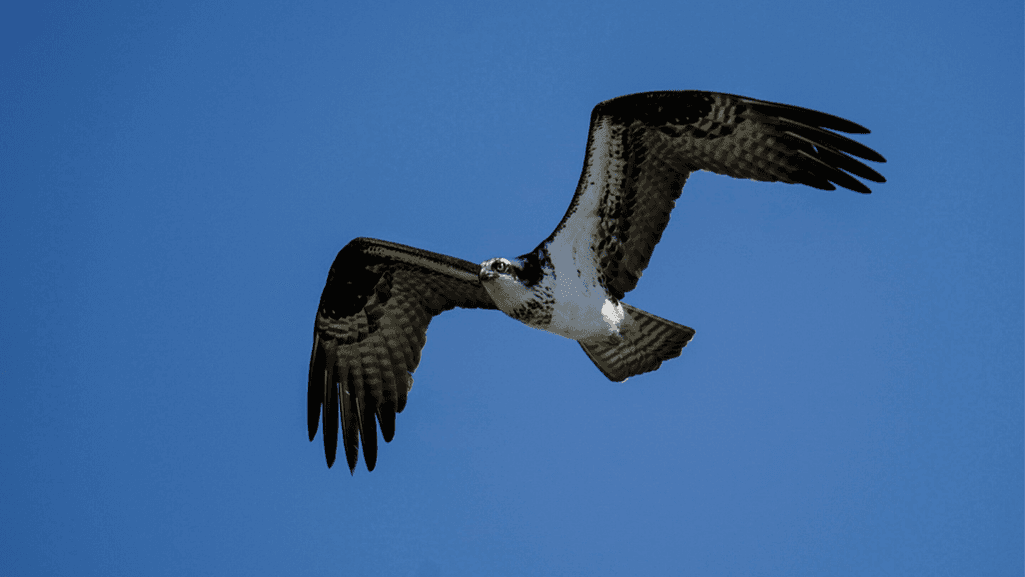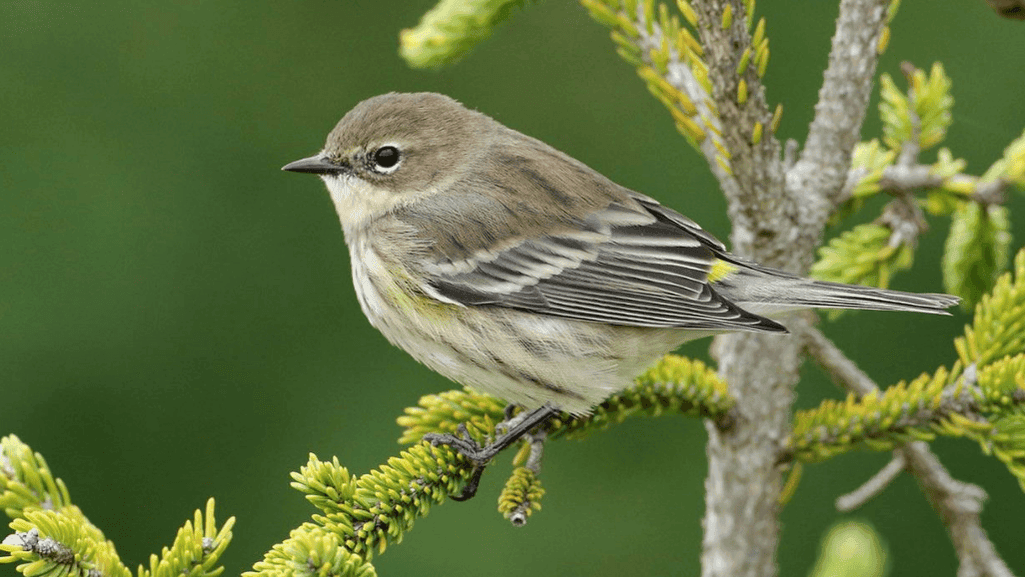Birdwatching is a fun hobby that lets people explore the amazing world of birds. With over 850 bird species in the United States, a good bird identification book is key. It helps you spot and enjoy these birds. Whether you’re new or experienced, the right guide can make birdwatching better.
Choosing a birding handbook involves several things. You need a guide that’s easy to use, covers your area, and has great pictures or drawings. The Sibley Guide to Birds is a top pick for its detailed info. The National Geographic Field Guide is loved for its beautiful artwork and light weight.
If you’re interested in a specific type of bird, there are guides for that too. The Warbler Guide, The Crossley ID Guide: Raptors, and The Peterson Reference Guide to Gulls of the Americas are great for focusing on certain bird groups. These guides let you learn more about your favorite birds.
The best bird identification book is what you like best. It’s good to have different guides. Each one gives you a unique view of the bird world.
Key Takeaways
- A reliable bird identification book is key for spotting and enjoying the many bird species in the United States.
- Popular bird identification books include The Sibley Guide to Birds, National Geographic Field Guide to the Birds of North America, and the Peterson Field Guide to Birds.
- Specialized guides like The Warbler Guide, The Crossley ID Guide: Raptors, and The Peterson Reference Guide to Gulls of the Americas focus on specific bird families or groups.
- The best bird identification book depends on personal preference and the individual needs of the birder.
- Having a variety of guides is helpful, as each offers unique insights and perspectives on the world of birds.
Importance of Bird Identification Books
Bird identification books are key for birdwatchers. They help identify and learn about different bird species. These bird watching manuals make birdwatching better and support conservation.
Enhancing Birdwatching Experience
These books help birdwatchers know the birds they see. They give detailed descriptions, pictures, and feather identification tips. For example, “The Sibley Guide to Birds,” priced at $40, is great for all ages.
Educational Benefits
Bird identification books teach more than just how to identify birds. They cover bird biology, behavior, and habitats. This knowledge helps birdwatchers understand birds better. For kids, “National Geographic Kids Bird Guide of North America,” priced at $16, is perfect for ages 8 to 10.
Supports Conservation Efforts
These books help people appreciate birds and their homes. This appreciation leads to supporting conservation. Many books also talk about endangered species, raising awareness for conservation.
“In every walk with nature, one receives far more than he seeks.” – John Muir
Whether you’re new or experienced, a good bird identification book is essential. It makes birdwatching more rewarding.
Criteria for Selecting a Bird Identification Book
Starting your birdwatching journey? A good bird identification book is key. With so many choices, it’s important to pick one that fits your needs. A good guide will make your birdwatching better and help you spot birds easily.
User-Friendliness and Layout
Choose a book with a layout that’s easy to use. Look for clear species descriptions and a simple table of contents. This makes finding what you need quick and easy.
Geographic Relevance
Make sure the book covers the area you’ll be birdwatching in. A migratory bird atlas for your region is best. It focuses on the birds you’ll see, saving you time.
Visual Appeal and Illustrations
Good pictures or drawings are essential for identifying birds. Pick a book with clear, detailed images. These help you tell similar birds apart and spot them in different situations.
“A picture is worth a thousand words, and when it comes to bird identification, a good illustration can make all the difference.”
Think about other things too, like how portable the book is and if it has range maps. A good backyard birding companion should be easy to carry and full of useful information. By considering these points, you’ll find a bird identification book that’s perfect for your adventures.
Top Bird Identification Books of 2023
Choosing the right bird identification book is key for birdwatching. In 2023, many great bird species guides and avian field guides have come out. Let’s look at some top bird identification books for this year.
The Sibley Guide to Birds
The Sibley Guide to Birds is a top pick for birdwatchers. It has detailed illustrations and covers many bird species in North America. It’s great for both new and experienced birders.
National Geographic Field Guide to the Birds of North America
The National Geographic Field Guide is known for its beautiful artwork and easy carry. It lists all bird species that breed in North America. It also includes birds from Mexico, Central America, and other places that visit North America.
Peterson Field Guide to Birds
The Peterson Field Guide is a classic in birdwatching. It has lively artwork and easy-to-use features. It comes in Eastern/Central and Western editions for different parts of North America. Peterson Guides are loved for their arrows pointing to important field marks and large font.
“Peterson Field Guides have traditionally been favored for their compact size and weight, though recent editions have grown to match National Geographic Field Guides, at 5″ x 8″.”
Other great bird identification books include the Kaufman Field Guide and the Crossley ID Guide. Bird field guides with photos, like Audubon’s or Stokes, are good as extra help. But, they shouldn’t be your only guide because they show only one bird in a specific situation.
When picking a bird identification book, think about its area coverage, how it looks, and how easy it is to use. With the right guide, you’ll be able to spot and enjoy the many bird species you see while birdwatching.
How to Use a Bird Identification Book Effectively
A birding handbook is key for any bird lover, new or seasoned. To get the most out of your bird watching guide, knowing how to use it is vital. With the right methods, you can spot birds fast and enjoy birding more.
Understanding Field Marks
Learning about field marks is a big part of using a bird ID book. These marks are special features that help you tell a bird apart. Look for size, shape, colors, and unique actions. Most books have detailed descriptions and pictures of these marks, helping you spot birds in nature.
Utilizing the Range Maps
Range maps in bird ID books are also super helpful. They show where different birds live and when. By looking at these maps, you can guess which birds you might see where you are. This makes finding birds easier and saves time.
Taking Notes and Observations
To really get the most from your bird watching guide, write down what you see. Note the birds’ looks, actions, and where they live. This helps you learn and remember about different birds. Your notes will grow into a valuable resource and show how much you’ve learned.
Getting good at using a bird ID book takes practice. The more you watch and compare birds to your guide, the better you’ll get. With hard work and patience, you’ll soon be using your handbook like a pro, exploring the amazing world of birds.
Specialized Bird Identification Books
General field guides cover many bird species. But, specialized books focus on certain areas or types of birds. They help birdwatchers learn more about their favorite birds.
Regional Guides
Regional guides, like Birds of Indiana, Illinois, and Michigan by Stan Tekiela, focus on birds in a specific area. They are small and easy to carry. With photos and detailed info, they help local birdwatchers identify birds.
Specific Family Guides
Family guides, like The Shorebird Guide by Michael O’Brien, Richard Crossley, and Kevin Karlson, focus on one bird family. They have great photos and comparisons to help with identification. The Crossley ID Guide: Raptors by Richard Crossley is famous for its detailed bird photos. It’s perfect for those who want to learn about raptors.
“The Helm Guide to Bird Identification focuses on challenging bird identification issues by comparing and contrasting tricky pairs or groups of birds, with detailed texts and numerous drawings showing plumage variations and changes as birds age.”
Birding by Color
“Birding by Color” books, like Kaufman’s Field Guide to Birds of North America by Kenn Kaufman, help identify birds by color. They are easy to carry and use. With color-coding and range maps, they make birdwatching simpler for everyone.
Digital vs. Print Bird Identification Resources
In the world of birdwatching, having a reliable bird species guide is key. Both digital and print guides have their own benefits. Digital guides are interactive, portable, and let you listen to bird sounds. On the other hand, print guides offer a hands-on experience and don’t need tech.
Many birders find the best results by using both digital and print guides. This way, they get the best of both worlds for their backyard birding companion.
Advantages of Digital Guides
Digital bird identification apps like Merlin Bird ID and eBird have changed birdwatching. They give you access to lots of info, including pictures, maps, and sounds. The Audubon Bird Guide App, for example, covers over 800 species and works on both iOS and Android.
“I love using the Merlin Bird ID app. It’s like having a personal birding expert with me wherever I go!” – Jason Hernandez, avid birder
Benefits of Print Editions
Despite digital guides’ advantages, many birders prefer traditional print bird species guides. Guides like “The Sibley Guide to Birds” and “National Geographic Field Guide to the Birds of North America” offer detailed info. Print guides are easy to flip through and don’t need batteries or internet.
Combining Both for Best Results
The choice between digital and print guides depends on what you like best. Many birders suggest using both for the best backyard birding companion experience. Use a digital app for quick checks in the field, then look at a print guide for more details.
By using the strengths of both, you’ll be ready to identify and enjoy the wide variety of birds.
Community and Resources for Birdwatchers
Connecting with other birdwatchers can make your hobby more fun and educational. Whether you’re new or have been birding for years, there are many resources to help you. You can learn more and share your love for birds with others.
Online Forums and Groups
Online forums and social media groups are great for birders. They let you share your bird sightings, ask questions, and learn from others. Sites like “AllAboutBirds.com” from the Cornell Lab are full of bird info and help with identification.
The Cornell Lab’s “eBird” platform is another great tool. It lets you record your bird sightings and connect with bird lovers worldwide.
Local Birdwatching Clubs
Joining a local birdwatching club is a great way to meet others who love birds. These clubs often go on field trips, offer mentorship, and have educational events. For example, the Pilchuck Audubon Society in Washington state has birding trail maps and a store on Bookshop.org.
Guided Birdwatching Tours
Guided birdwatching tours are a fantastic way to learn from experts. These tours take you to different places and help you improve your bird identification skills. Look for tours that offer great guides, interesting destinations, and the chance to use top birding resources.
There are also podcasts like BirdNote and radio shows like Ray Brown’s Talking Birds. They talk about the joy of birds and how to support them. The American Birding Association and National Audubon Society also have guidelines for birdwatching and photography. These help you enjoy your hobby while protecting birds and their homes.
Conclusion: Choosing the Right Bird Identification Book for You
When picking a bird identification book, think about what you like and what you want to do. Some books, like The Sibley Guide to Birds, show many species in North America. Others focus on certain areas or bird types. Look at the book’s coverage, pictures, and size to find the best one for you.
A small book might be great for casual bird watching. But if you want to take amazing photos, a detailed guide is better.
Importance of Continued Learning
Learning about birds is a lifelong journey. Even experts keep checking their guides. As you learn more, you might want books that focus on certain areas or bird families. This lets you grow your knowledge and love for birds.
Encouragement to Explore and Enjoy Birdwatching
Let your curiosity and love for birds lead you. Whether you’re in your local park or exploring new places, finding and identifying birds is rewarding. Watch how they act, listen to their songs, and enjoy their beauty.
With the right book, you’ll get the most out of bird watching. It will help you understand and appreciate birds more. So, pick well, keep learning, and enjoy the amazing world of birds. Happy birding!


